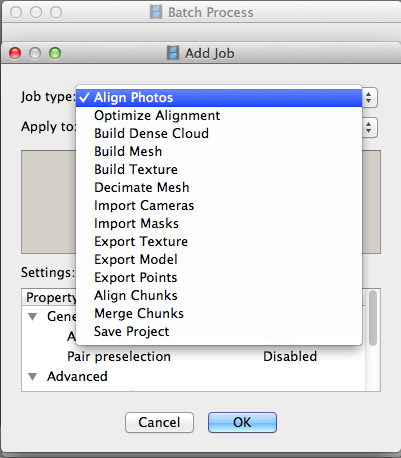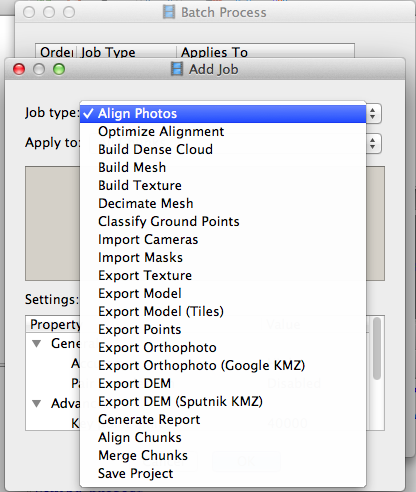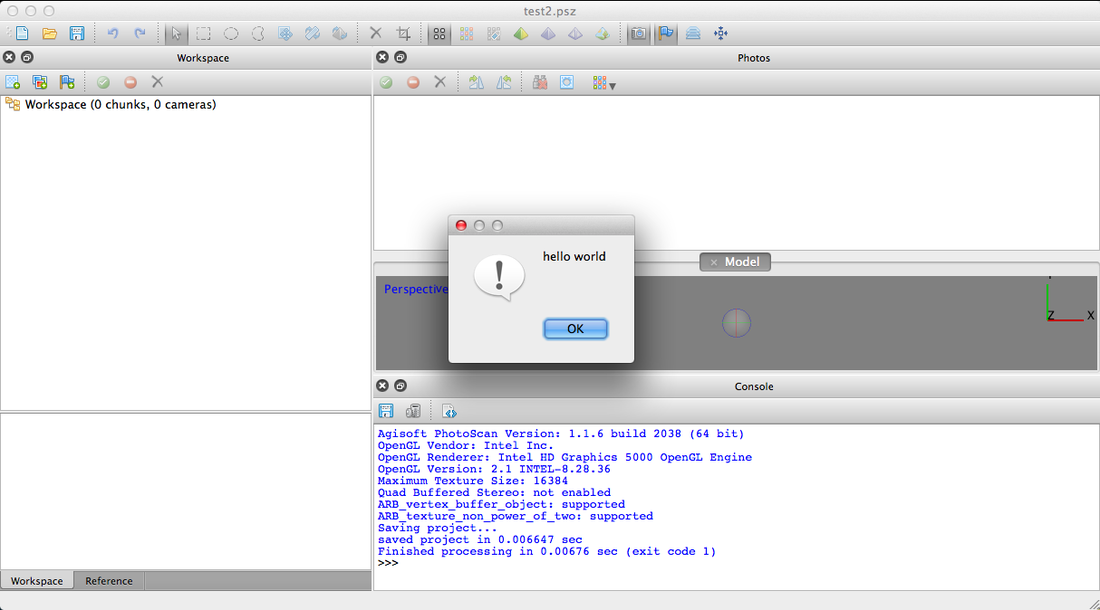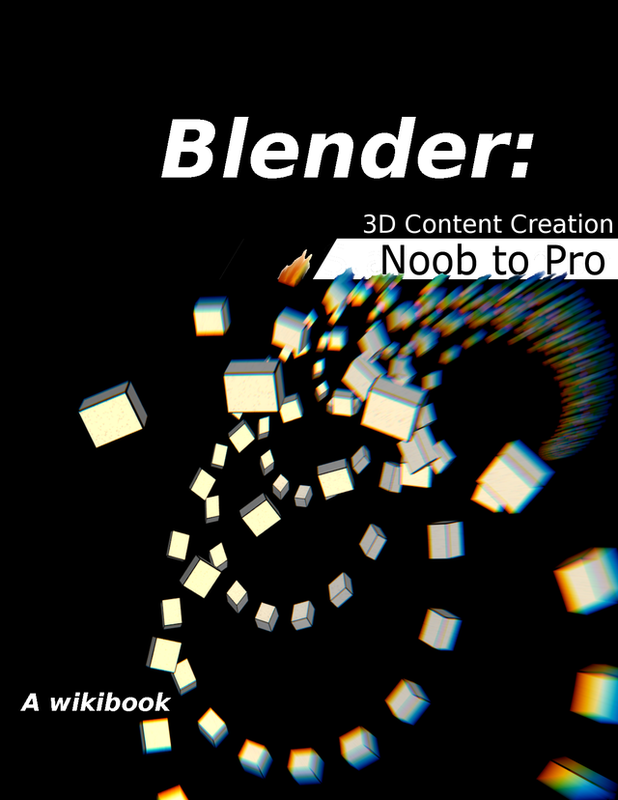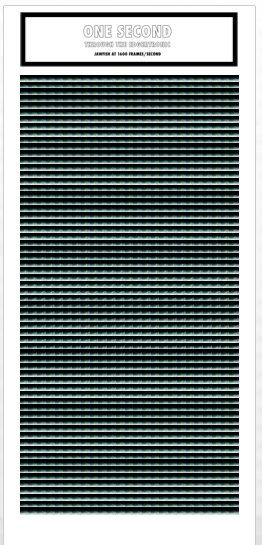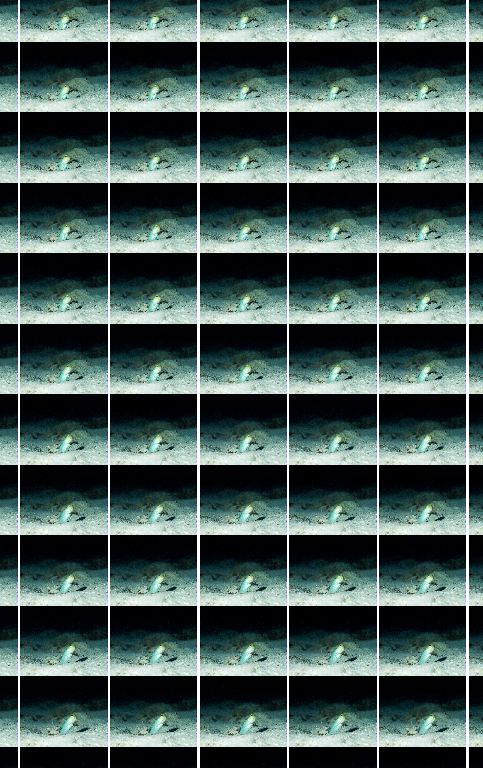I'm trying to save a video as a sequence of images on a Linux - Ubuntu desktop. At first I tried to use ffmpeg, but ffmpeg wouldn't install. It turns out Ubuntu has it's own version of ffmpeg called avconv that you can use exactly the same way; e.g., the command below will save filename.mov as a set of images filename_img1.jpg, filename_img2.jpg, etc. at 25 frames per second.
| $ avconv –i filename.mov –r 25 filename_img%d.jpg |
I'm using Ubuntu 14.04.3.

